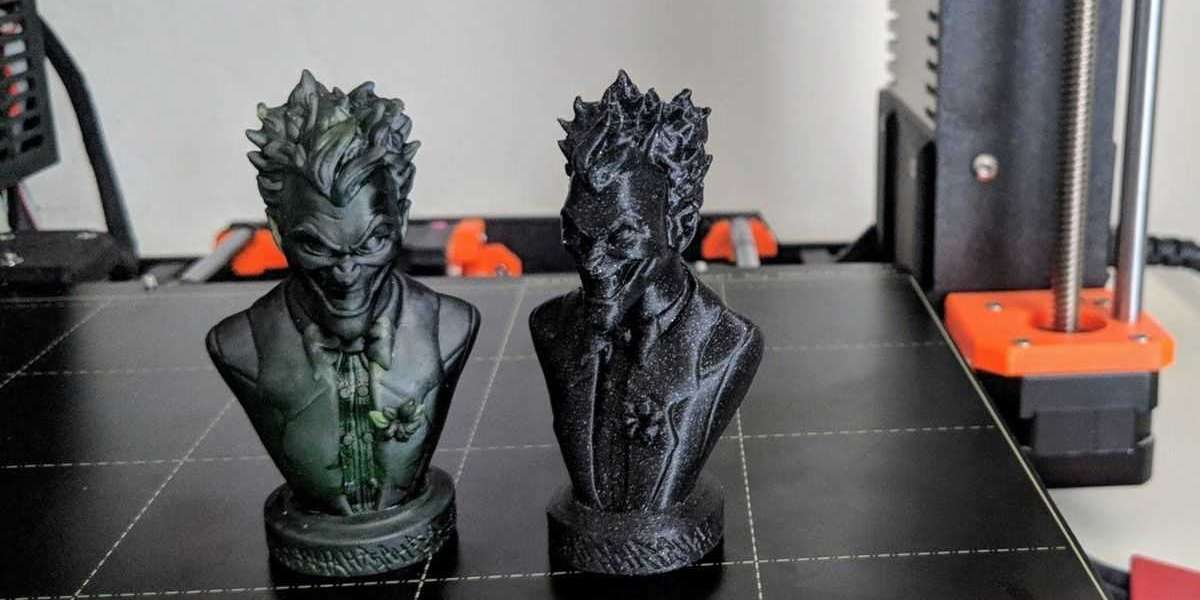The world of 3D printing has rapidly evolved, offering hobbyists, professionals, and businesses a wide array of technologies to bring their ideas to life. Among these, resin and filament 3D printers stand out as two of the most popular choices. But how do you decide which one suits your needs best? This article breaks down the key differences, advantages, and use cases for resin and filament 3D printers to help you make an informed decision.
What Are Resin and Filament 3D Printers?
Resin 3D Printers
Resin 3D printers, also known as SLA (Stereolithography) or DLP (Digital Light Processing) printers, use liquid photopolymer resin as their primary material. A light source, typically a UV laser or projector, cures the resin layer by layer to form the final object. This technology is known for its precision and ability to create highly detailed models.
Filament 3D Printers
Filament 3D printers, commonly referred to as FDM (Fused Deposition Modeling) or FFF (Fused Filament Fabrication) printers, use spools of thermoplastic filament. The filament is heated to a molten state and extruded through a nozzle to build objects layer by layer. FDM printers are versatile and widely used for prototyping, functional parts, and general-purpose projects.
Key Differences Between Resin and Filament 3D Printers
1. Print Quality and Detail
Resin: Resin printers are unparalleled when it comes to producing intricate details and smooth surfaces. They are ideal for applications like jewelry, miniatures, and dental models.
Filament: FDM printers can create durable models but often lack the fine detail and smoothness of resin prints. Layer lines are typically more visible.
2. Material Options
Resin: Resins come in various types, such as standard, flexible, tough, and even biocompatible resins for medical use. However, they are generally less versatile than filament options.
Filament: Filaments include materials like PLA, ABS, PETG, TPU, and nylon, catering to a wide range of mechanical and aesthetic requirements.
3. Cost
Resin: Resin printers and their materials are often more expensive upfront. Additionally, post-processing tools like UV curing stations add to the cost.
Filament: FDM printers are more budget-friendly, both in terms of the initial investment and ongoing material costs.
4. Ease of Use
Resin: Resin printing involves more steps, including post-processing to wash and cure the prints. Handling liquid resin requires care and safety precautions.
Filament: FDM printers are generally easier to set up and operate, making them a popular choice for beginners.
5. Print Speed
Resin: Resin printers can be faster for small, detailed models, as they cure entire layers at once. However, larger models may take longer.
Filament: FDM printers often excel in speed for larger prints, though finer details can slow down the process.
6. Durability and Strength
Resin: While resin prints offer high detail, they are often brittle and less suited for functional parts that require strength.
Filament: FDM prints are more robust, especially when using materials like ABS or PETG, making them ideal for mechanical components.
Pros and Cons of Resin 3D Printers
Pros:
Exceptional detail and surface finish
Ideal for small, intricate models
Wide range of specialized resins
Cons:
Higher initial and ongoing costs
Requires more post-processing
Brittle prints with limited strength
Pros and Cons of Filament 3D Printers
Pros:
Affordable and accessible
Wide variety of materials
Durable and functional prints
Cons:
Visible layer lines
Limited detail for intricate models
Requires tuning for optimal results
Best Use Cases for Each Type
Resin Printers:
Jewelry design
Dental and medical models
Miniatures and figurines
High-detail prototypes
Filament Printers:
Functional parts and tools
Prototyping
Large models
Educational and hobbyist projects
Choosing the Right Printer for Your Needs
When deciding between a resin and filament 3D printer, consider the following factors:
Purpose: Are you prioritizing detail or functionality?
Budget: How much are you willing to invest upfront and for ongoing materials?
Space and Safety: Do you have a dedicated workspace with proper ventilation for resin printing?
Experience Level: Are you a beginner or an experienced user?
Conclusion
Both resin and filament 3D printers have their unique strengths and weaknesses. Resin printers are perfect for those who need high-detail models and are willing to invest time and money in post-processing. On the other hand, filament printers are versatile, cost-effective, and ideal for functional and larger-scale projects. By understanding the differences and aligning them with your specific needs, you can choose the right 3D printer to bring your creative visions to life.






